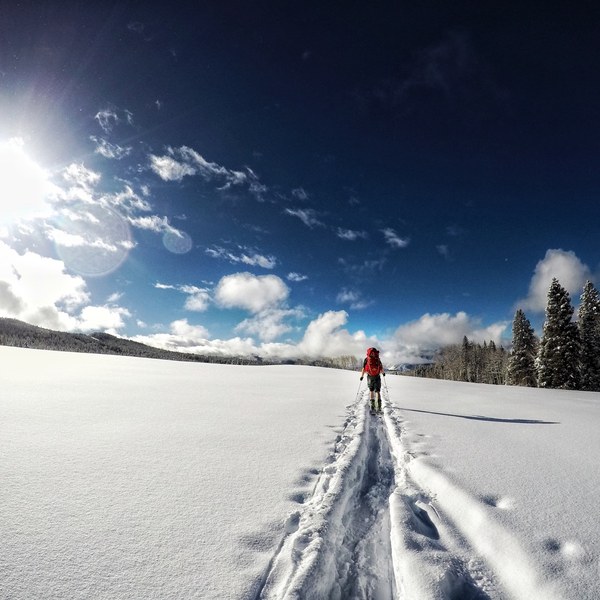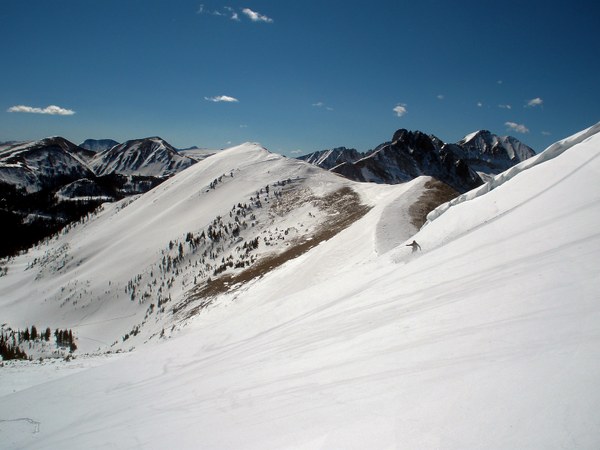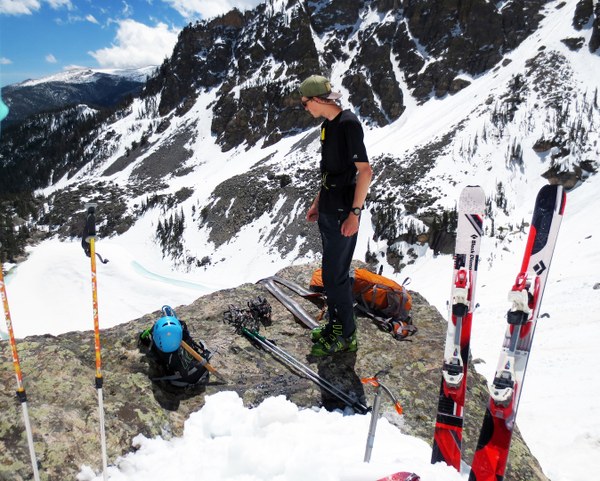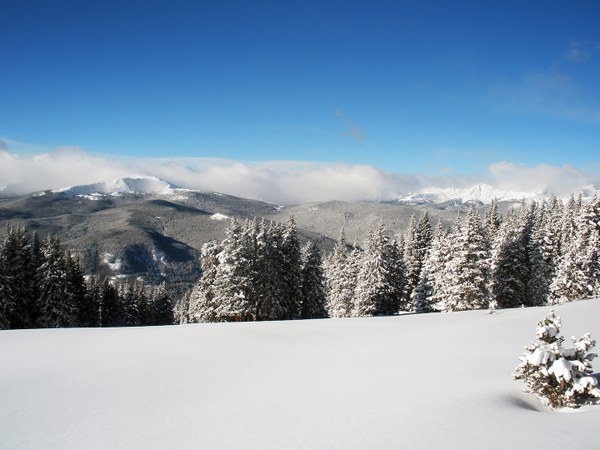by Emily Morris
CMC Marketing Intern
If you’re like me, sometimes you feel like you can’t keep up with recreation in Colorado. You started hiking, then you tried a mountain bike, then realized you could probably climb rocks, too. Once you climbed rocks, you thought “I bet I can also climb ice.” If you can also climb ice, you can probably combine everything into one day and end up on top of a mountain. The list goes on. We are but mere humans trying to conquer around 60,000 square miles of playable Colorado landscape.
To make that 60,000 a little more manageable (not to mention the $60,000 it takes to buy gear), we sometimes have to pick and choose what sports to focus on. So, for those of you thinking about adding backcountry skiing to your repertoire, here’s what you should know before investing:
The Gear
You’re going to need many things. Whether you borrow, bargain, or buy new; that’s up to you, but be prepared to throw down some dollars either way:
AIARE – Avalanche Level I Training Course
Beyond just beacon rescue, this three-day course will teach you to read terrain, plan routes and assess avalanche risk for yourself. Groups traveling in avalanche terrain need multiple people making informed decisions. For starters, you can also take a one-night avalanche awareness class.
Beacon, shovel, probe: don’t ever enter avalanche terrain without these, and know how to use them before you go.
The Hard Goods
After personally trying to make one pair of skis work for both resort and backcountry skiing, I recommend doing the opposite. Buy a separate setup, solely for the backcountry. It will save you money and frustration in the long run.
- Boots – Invest in boots with “walk mode.” Don’t make yourself miserable. I did it for too long. Don’t do it.
- Bindings – Buy the lightest bindings possible, but make sure they’re sturdy enough to avoid breakage. Again, don’t make yourself miserable. Choosing the right bindings can be quite complex, so read up before buying.
- Skis – Lighter is better, but mostly, choose a pair that you’re comfortable skiing in variable terrain– powder, crud, crust and trees.
Ski Pack
You’ll want at least 35 Liters. Packs made specifically for backcountry skiing are stiff and full of unique features.
Skins
Make sure you get a pair that is wider than the fattest part of your ski. You will custom cut them to fit.
Hydration system
The key here is having a system that won’t freeze. Buy an insulated cover for your water bottle or bladder hose, and bring some hot tea along, too!
Slope meter
Use this to choose safe routes by analyzing slope angle.
The Risk
A lot of folks avoid the backcountry because of avalanche danger. Like any extreme sport, the danger exists, but can also be mitigated to keep risk low:
Change your mentality
Backcountry and resort skiing require wildly different mindsets. While your ideal day at a resort might be skiing steeps on repeat, your mentality in the backcountry should be about solitude, exploration, team accomplishments and untouched snow.
Analyze the terrain over and over again
Because of the way snow layers form in Colorado, it has the most avalanche prone snowpack in the United States. This means Colorado skiers constantly assess their routes for avalanche hazards. Many choose to ski low angle runs during the winter (less than 30°) to lower their risk of triggering. However, slab avalanches still occur in the 25–30° range. It is considered safe to ski a run below 25° as long as other hazards such as trigger points, traps and surrounding avalanche paths have been carefully assessed. If you really want to ski steeps, wait until late spring when the layers have stabilized from heat.
Utilize your resources
Start every day by carefully reading the avalanche forecast. It relays what kind of avalanche danger exists, to what level, and where. Then, analyze your topo map and make a travel plan through safe terrain. Compare route ideas with the group and make a final plan from there.
Ski with people who have the same attitude towards risk
Every person has a different threshold for how much risk they are willing to take. Find ski partners who match your risk mentality to keep decision making more cohesive, and in turn, safer.
The Payoff
If you do decide to invest in backcountry skiing, you’ll get to be a part of one of the more magical experiences of Colorado Winter. You’ll get to see the Rockies at their most extreme, wander through the depths of silence that only a snowy landscape can bring, create unparalleled memories with new friends and build a whole new level of strength you never knew you had. Plus, hut trips become way more fun, which is the best news you’ve heard all day. Whatever you choose, stay conscious of your limits and of the undeniable and unsympathetic power of nature.



Add a comment
Log in to add comments.